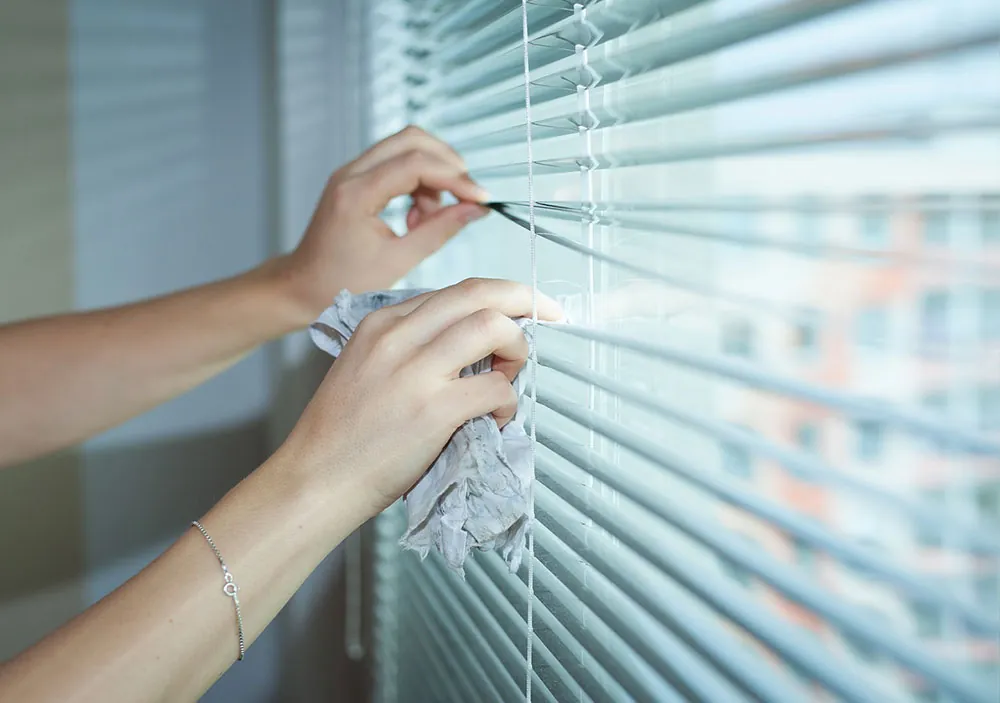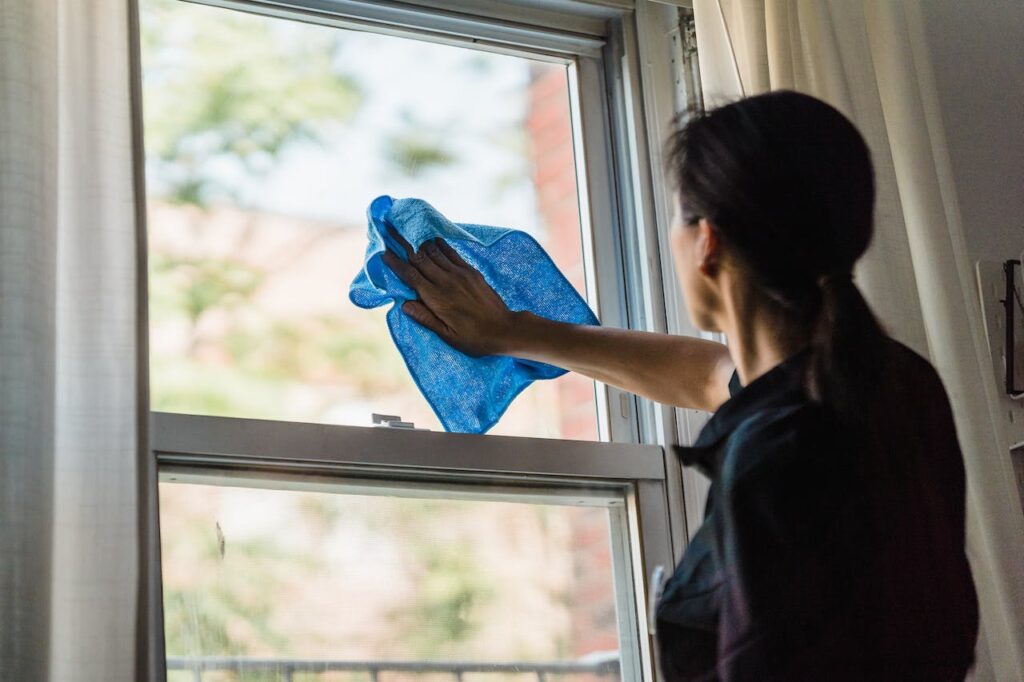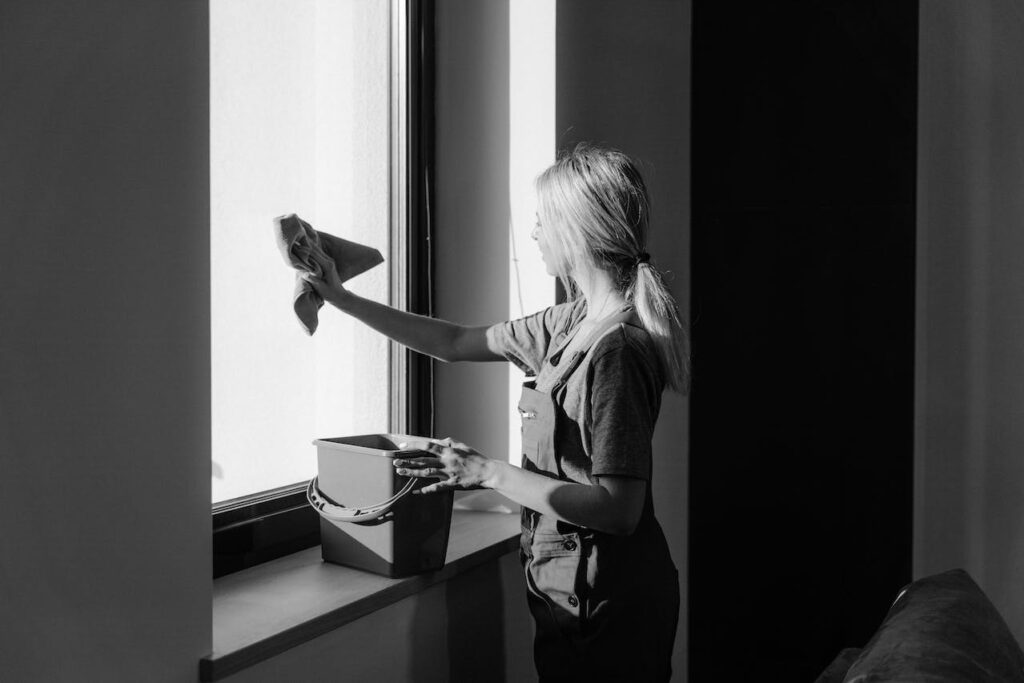
If there is an accumulation of minerals on your windows, it can easily be addressed. There are numerous strategies for washing and expelling calcium buildup on windows that will make them appear pristine (such as diluted vinegar for cleaning). Listed below is more information about how minerals build on glass windows, the most adequate cleaning strategies for this form of buildup, and prevention techniques for the future.
What is Mineral Buildup?
This form of mineral development is customarily referred to as “hard water” or limescale. This designation notes the vast quantities of minerals in the water, as dissolved calcium and magnesium remain and settle after water evaporates. This process creates hard water stains, which isn’t ordinarily a desired occurrence. It often leaves windows perceived as grimy, unwashed and unclear when looking out of them. .
It is fairly uncomplicated to remove these buildup stains if they haven’t had time to sit. However, if they’ve been there a while, it gives the sun time to harden the stains. This makes the calcium buildup on windows more burdensome and it takes more time to eradicate.
Luckily, however, removing these stains is achievable with the suitable cleaning methods and materials.
Cleaning Solutions for Mineral Buildup

Whether the mineral stains have been there for an extended period of time or a few hours, they can be dealt with accordingly. How you determine to remove the hard water stain depends on your style of cleaning and the cleaning agents you are inclined toward using. The following cleaning solutions are some of the options available for hard water removal:
- Diluted vinegar works wonders for cleaning an accumulation of calcium. When you use a vinegar and water mixture and apply it to the limescale regularly to clean, it will help stop further calcium from building. The acid in vinegar deconstructs and breaks down mineral buildup.
After the diluted vinegar is applied and fulfills its purpose, be sure to rinse the area with normal water. - A dish soap and warm water mixture will work well for a simple hard water stain, especially if it’s relatively new. Apply it to the area, let it soak for a minute, then scrub off and rinse with water.
- A vinegar and baking soda solution works well, as this combination can break down other chemicals. However, in order to bypass a chemical reaction, don’t blend them together or apply them to the surface simultaneously. First, apply vinegar, then let it set for a few minutes (without letting it dry on the window). Afterwards, incorporate a small percentage of baking soda to the mineral buildup by applying it on a sponge and using it to scrub.
- Mix baking soda and water to create a thick paste-like consistency. Administer the paste on the calcium buildup on the windows, then let it soak. After a few hours, gently rinse away with a cleaning microfiber cloth.
- Try diluted vinegar with lemon juice for cleaning the buildup. If just vinegar and water didn’t work, try adding lemon juice. Like vinegar, citric acid from lemons will naturally assist the breakdown of calcium carbonate. Additionally, with this mixture there are two separate acids working on the calcium.
Step-by-Step Cleaning Guide for Mineral Buildup
After you have chosen your preferred cleaning solution for the hard water stains, it’s time to get to work. Each solution has specific instructions, as listed above. However, no matter which method you’ve chosen, there is a universal cleaning technique for this type of stain removal, as follows:
- Put on cleaning safety gear, such as gloves and a mask if you prefer.
- Declutter and prepare the window area.
- Apply your solution onto the window, and let it soak for the desired time.
- Use a sponge, scrubber, or microfiber cloth to expunge the mineral buildup.
- Use a squeegee to clear out the leftover water.
- If needed, reapply steps 3-6. Or, rinse the window with warm water.
- Dry window with a clean cloth that won’t leave dirt or streaks.
Using our cleaning solution and guide will ensure removal of all calcium buildup on your windows!
How to Prevent Mineral Accumulation
After you’ve worked so hard to clean and eliminate hard water stains off of your windows, there are ways to prevent it from building up again, which are:
- Spray the window with diluted vinegar for limescale while cleaning, as mentioned above. This should be done pretty regularly, to remove mineral buildup before it even starts.
- As soon as you see a hard water stain, take care of it immediately. Don’t let it sit, and especially don’t let other stains add onto it.
- Clean your windows and the surrounding area frequently. A regular cleaning schedule, whether done by you or professionals, will likely prevent calcium from building.

It can be a challenge to keep up with routine window cleaning and difficult to be sure you are removing hard water stains right when they pop up. After all, water evaporates rapidly and minerals build fast! At Seattle Commercial Cleaners, we know it’s rough and that you have way more worthwhile tasks on your plate.
That’s why we are available to oversee all of your cleaning needs, including putting an end to mineral buildup on windows. Sure, you are capable of doing it by creating a washing solution with vinegar or lemons, and you can absolutely utilize the aforementioned cleaning guide. However, our experts are trained to know the adequate cleaning agents and appropriate methods, so that you don’t have to! They can remove limescale swiftly and do it excellently. So receive a free quote today, and let us worry about your windows!